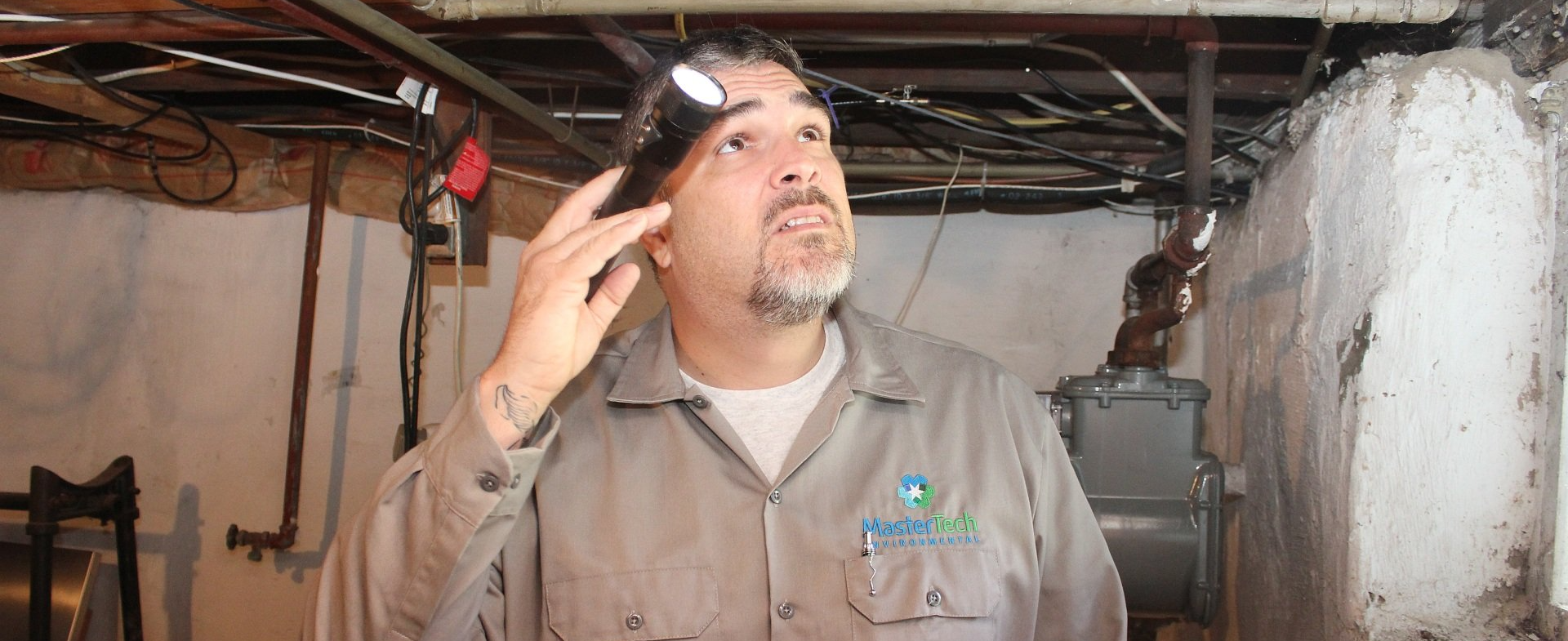Benefits of a Professional Mold Inspection

Professional Mold Inspections in Myrtle Beach
- Confirm if it is mold
- Determine the severity of the mold problem
- Identify what caused the mold in the first place
- Prescribe an appropriate and effect mold removal plan
- Recommend preventative tactics to avoid recurrence
- Ideal scenario, a mold inspector reports that you do not have a mold problem, and you and your family now have a peace of mind.
- Even if the inspection does conclude a mold problem, it can reveal vulnerabilities that you can address to prevent potential moisture problems and mold development in the future.
Mold Inspections For The Seller
Want to sell your home? Mold does not have to be a deal-breaker. Have your home inspected for mold to avoid surprises and ensure a smooth closing. Before putting a home on the market, there is typically some preparation that goes into getting a home ready for sale. Whether it is applying a fresh coat of paint or maybe some maintenance concerns that need to be addressed. The hopes is to make sure that the property is the most appealing to a prospective buyer and to tie up any loose ends to ensure the smoothest closing possible.
If you are considering selling your home, you should consider adding a mold inspection to your list of “To Do’s” to prep your home for sale. The mold remediation process, build-back repairs and preventive work can take quite a long time, should you discover a mold problem. Getting a mold inspection early will allow you enough time to address any mold problems before putting the house on the market.
Mold Inspections For The Buyer
Found your dream home? Get a mold inspection to make sure you have thorough knowledge of what you will be investing into. Before investing in a home, no matter how in love you may already be with the property, you need to take the time to learn everything you can about the property before closing. In addition to the standard home inspection, you should also consider getting a mold inspection. Mold is sneaky and can easily go undetected. The nature of mold allows it to grow on virtually any surface, sometimes on hidden surfaces that the homeowner isn’t even aware of. A thorough mold inspection, conducted by a certified professional, will uncover any mold problems, should a problem exist. Discovery of mold does not have to be a deal-breaker. A mold inspection will provide you with enough information to present to the seller, so they can properly address the mold problem and restore your dream home before closing.
Risks Involved With Mold
Mold can mean health implications and serious property damage. A mold inspection can detect a mold problem early on and give you the opportunity to address it before it does too much damage. Exposure to mold can make you and your family sick. Certain types of mold have the potential to produce mycotoxins, which are toxic to humans. The effects of mold exposure can vary from minor allergies to severe upper respiratory problems. Everyone reacts to mold differently. There is no way to be certain how you and your family may react to mold exposure. Reactions to mold depend on your immune systems, the length of time of exposure and several other factors, but many mold species can negatively affect everyone – even healthy adults. In addition to the potential health risks, unaddressed mold will diminish your property value AND compromise the structural integrity of your home. Where there is mold, there is a moisture source. Mold and water can do serious structural damage to your home, which will require extensive cleanup and repair.
Looking For Mold Inspection In South Carolina?
Mastertech Environmental is fully trained and certified to provide thorough mold inspections in South Carolina, with detailed reports and documentation. Our technicians are fully equipped with and trained to use the most advanced tools to ensure an accurate and thorough mold inspection. Each mold inspection includes a full visual assessment, moisture mapping with thermal imaging cameras and moisture meters, mold testing and a full detailed report of findings. If mold presence is confirmed, we will develop a scope of work that will be tailored to your specific mold removal needs.
If you are looking to schedule a professional mold inspection in South Carolina, call Mastertech today -- 843-236-3399.



